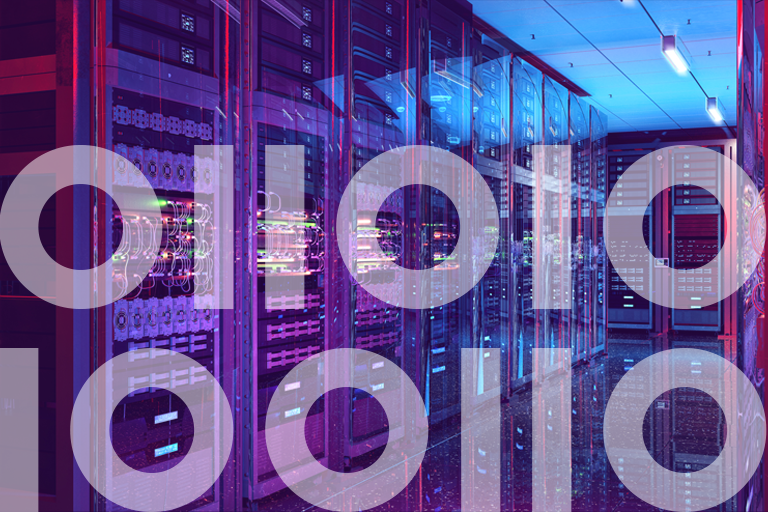At a time when cloud computing and commodity x86 servers seem to be generating all the excitement in the IT world, the venerable mainframe refuses to be left behind. We see mainframe use cases today that are keeping up with the latest IT trends.
5 modern mainframe use cases
As did their predecessors, modern mainframes excel in features such as reliability, availability, serviceability, security, speed, storage, and scalability. Because these characteristics are even higher priorities today than in years past, mainframes are now proving their usefulness in a variety of modern application areas. Let’s take a look at a few of these mainframe use cases.
1. Blockchain
The use of blockchain technology is exploding. No longer limited to bitcoin and other cryptocurrencies, blockchain concepts are now being applied to records and transactions in a range of areas, including the legal, financial, retail, and medical fields.
The blockchain model depends on the ability to create blocks of data, assembled into a specific sequence (or “chain”), that cannot be altered. The mainframe’s sophisticated and mature data security capabilities make it the ideal platform for managing blockchain applications.
2. Private clouds
The migration of applications and data to the public cloud continues to gather momentum. Yet many enterprises still value the security of being able to keep their business-critical information safe in their own data centers and behind their own firewalls. In many instances, regulatory compliance issues mandate a level of data security that is difficult to guarantee in the public cloud.
That’s why private and hybrid clouds, which provide many of the advantages of cloud computing combined with a high level of data security, are a critical option for many companies. With their characteristic features of reliability, security, speed, and scalability, mainframes have proven themselves the ideal platform for implementing private clouds.
eBook
Mainframe Data for Modern Data Environments: Best Practices for Bridging the Gap
How to overcome the challenges of leveraging mainframe data in modern data environments
3. Machine learning
Machine learning (ML) systems excel at extracting subtle patterns and correlations from data, and using that information to produce valuable insights and predictions that could not otherwise be discerned.
ML applications typically require huge amounts of data for training and (to a lesser degree) for analysis. These valuable datasets often reside on, or are generated by, mainframe computers. To give mainframe users direct access to this treasure trove of information, IBM created ML for z/OS (IBM MLz). Based on the machine learning model pioneered by IBM Watson, and incorporating access to the extensive ML libraries available through Scala and Python, MLz positions the mainframe to be a major platform for ML in both development and production environments.
4. Big data analytics
Over the past half century, enterprises have accumulated huge amounts of mission-critical data residing on mainframes. But modern big data analytics technologies, such as Hadoop, Spark, and Splunk, were developed entirely outside the mainframe sphere. Data had to be exported from the mainframe to make use of the best available analytics applications.
But with the advent of IBM MLz, common big data analytics tools, including Apache Spark, can run directly on the mainframe. Plus, vendors like Precisely offer additional tools that access and integrate mainframe data with analytics platforms such as Hadoop and Splunk.
5. Application modernization
Enterprises today have a huge investment in legacy mainframe applications, typically written in COBOL. Although mainframes now support a range of modern languages, such as Python, JavaScript, and C++, rewriting older programs to run in these environments would be costly.
For that reason, a significant mainframe use case today involves adapting legacy COBOL applications to run more efficiently on modern systems. This may involve the use of IBM’s Enterprise COBOL compiler, or of advanced technologies that can optimize the performance of COBOL applications without recompilation.
As these use cases demonstrate, the mainframe continues to play a vital role in today’s IT arena. To explore best practices for several of these modern use cases, read our eBook: Mainframe Data Modern Data Environments: Best Practices for Bridging the Gap







